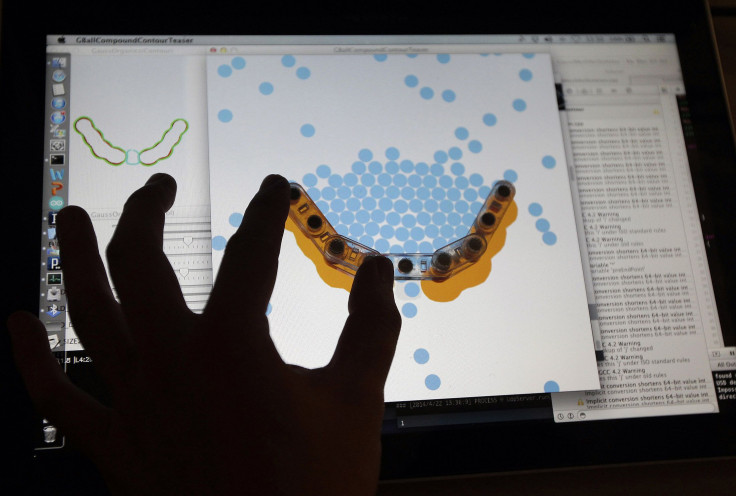Scientists Decode Why 'Frustrated Magnets' Are Discontented Using Hall Effect

An experiment revealed an unlikely behavior in a class of magnets called "frustrated magnets," which were studied by researchers at the Princeton University to see if they behaved according to the Hall Effect. The researchers conducted the experiment to find an answer to a long-debated question about the nature of these "discontented" quantum materials.
The Hall Effect shows that an electric current carried by charged particles in a conductor is deflected to one side when magnetic field is applied. According to the research, if the Hall Effect is observed in a non-magnetic material, then it could have a significant impact on computing and electronic devices such as a quantum computer, which would be able to process several calculations at the same time.
"To talk about the Hall Effect for neutral particles is an oxymoron, a crazy idea," N. Phuan Ong, Princeton's Eugene Higgins Professor of Physics, said, according to the report published in the Science Codex, adding: "Quantum behavior can seem very strange, and this is one example where something that shouldn't happen is really there. It really exists."
The study into frustrated magnets lies almost on the border of material science and theoretical physics. It includes the development of a class of materials dubbed “quantum spin ice” because a long-range magnetic field fails to form even though a huge exchange coupling exists between the spins of the material's elementary particles, Sputnik News reported.
"These materials are very interesting because theorists think the tendency for spins to align is still there, but, due to a concept called geometric frustration, the spins are entangled but not ordered," Ong reportedly said, adding that scientists need to solve the issue of entanglement in order to make a quantum computer.
The experiments were performed at a temperature of 0.5 degrees Kelvin. For the study, the scientists had to resolve temperature differences to one-thousandth of a degree between opposite edges of a crystal.
“The main challenge was how to measure the Hall Effect at an extremely low temperature where the quantum nature of these materials comes out," physics graduate student Max Hirschberger, who was involved in the experiment, said, according to the report in the Science Codex.
Ong said that the experiment could be the starting point to find the spinon, which is expected to be the carrier of a heat current in a quantum system. “We have seen its tracks, so to speak," he said.
© Copyright IBTimes 2024. All rights reserved.












